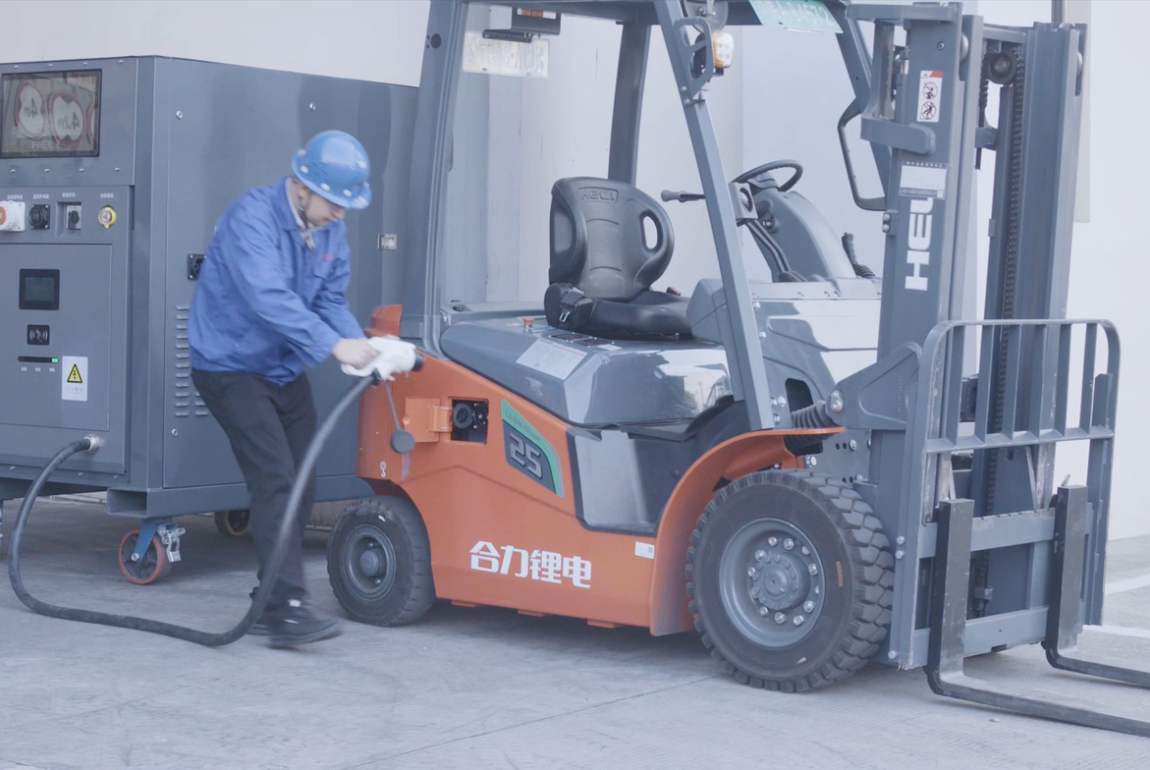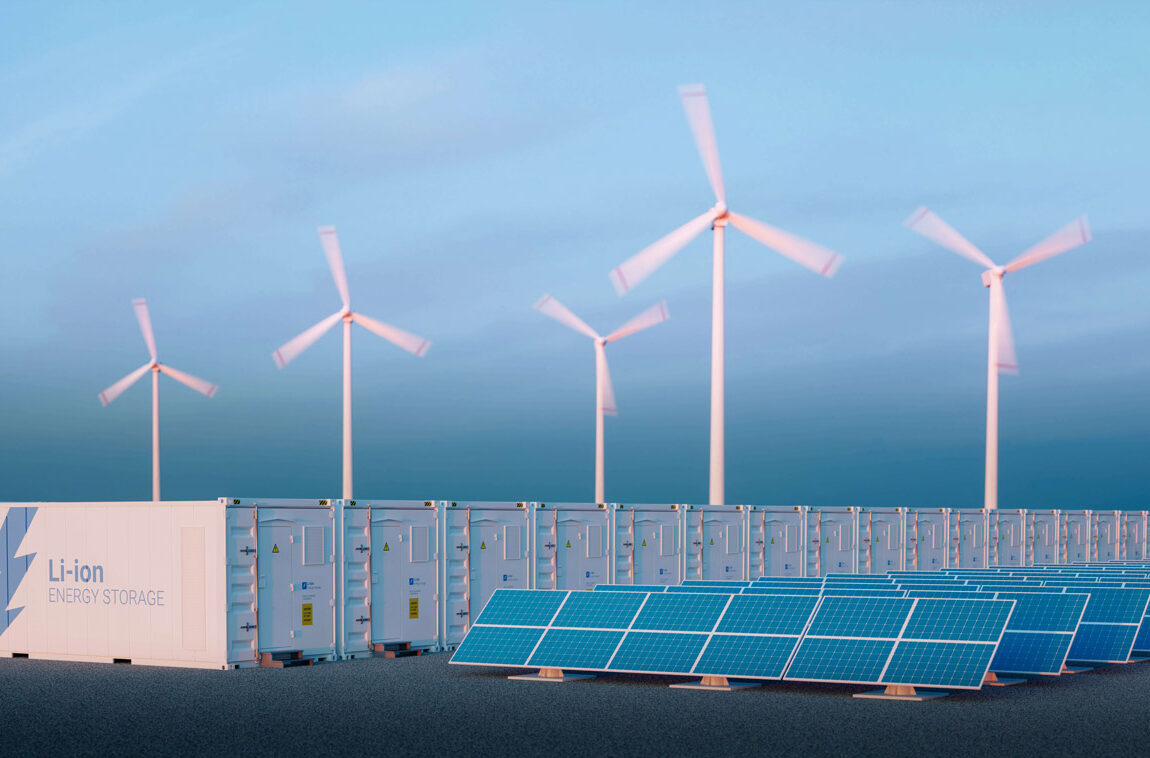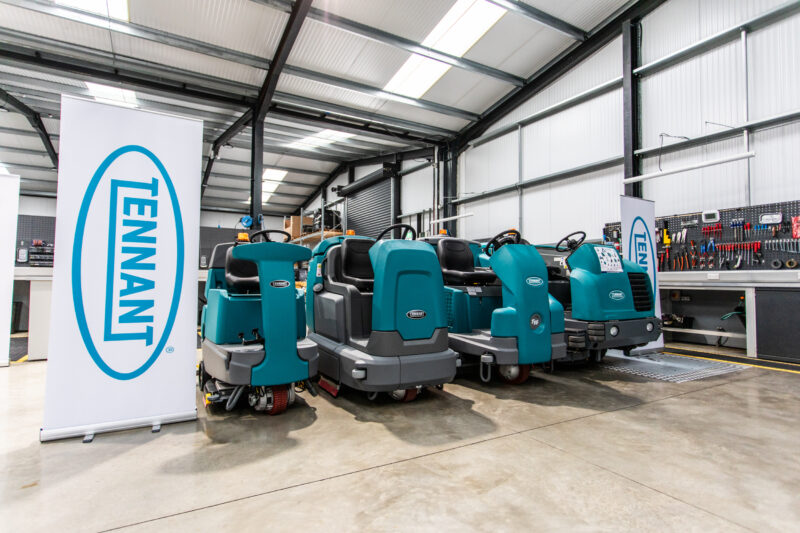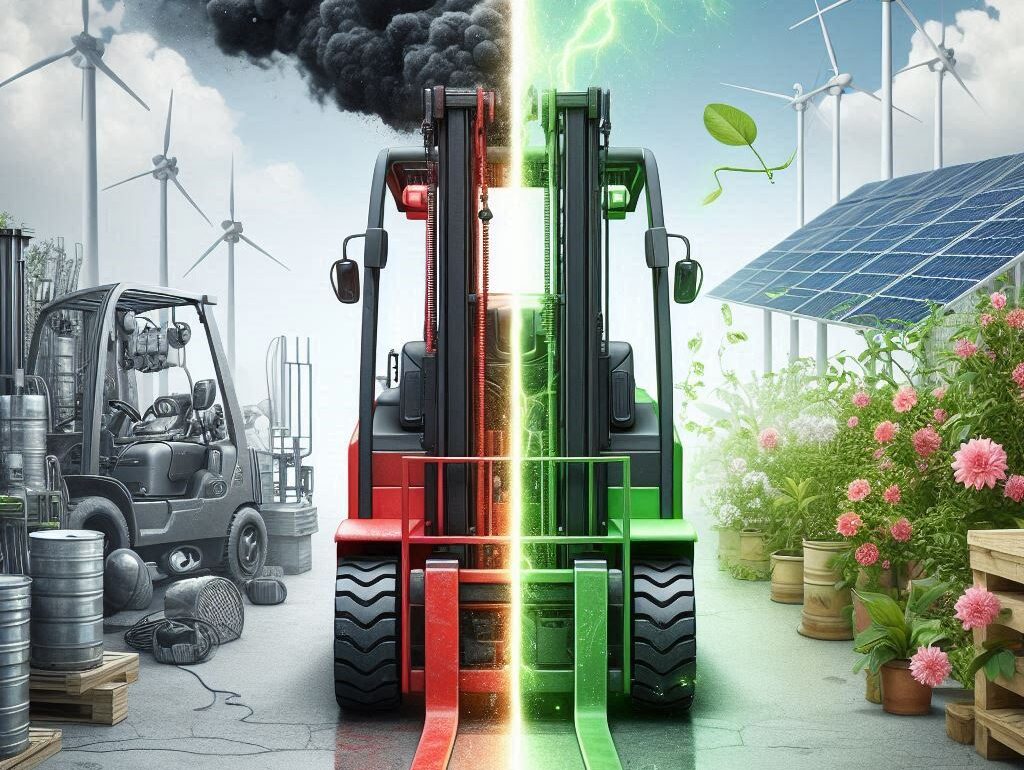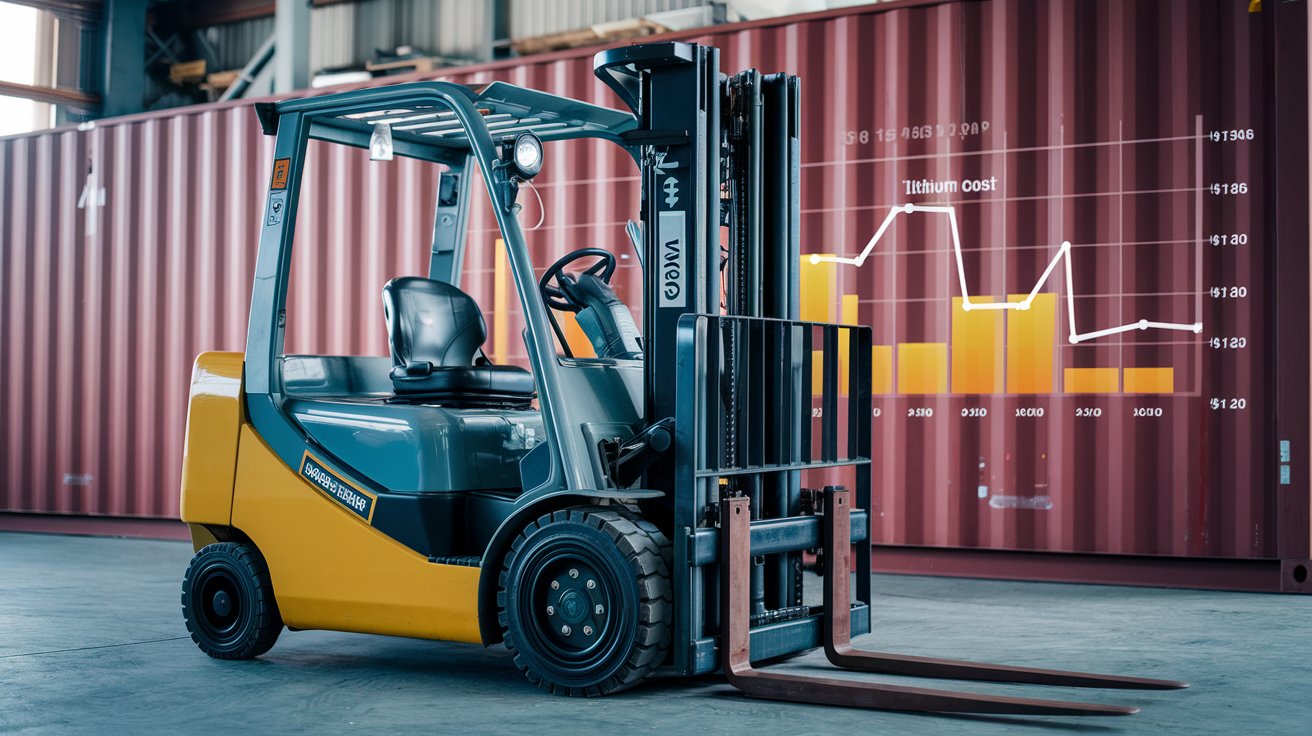
Lithium-Ion Battery Prices: Trends and Future Outlook (2024)
The lithium-ion battery market has experienced significant fluctuations in pricing over the past decade, influenced by technological advancements, raw material costs, and increasing demand across various sectors, particularly electric vehicles (EVs) and renewable energy storage. This article provides an analysis of the price trends for lithium-ion batteries per kilowatt-hour (kWh) and per kilogram (kg) from 2014 to 2024, along with projections for the next decade.
Historical Price Trends (2014-2024)
The following table summarizes the average prices of lithium-ion batteries over the past ten years:
| Year | Price per kWh (USD) | Price per kg (USD) |
|---|---|---|
| 2014 | 350 | 70 |
| 2016 | 250 | 50 |
| 2018 | 181 | 36 |
| 2020 | 137 | 27 |
| 2022 | 132 | 26 |
| 2023 | 139 | 27.8 |
| 2024 | Estimated: 133 | Estimated: 26.6 |
As shown in the table, the price of lithium-ion batteries has generally declined over the past decade, with a notable drop from $350 per kWh in 2014 to approximately $139 per kWh in 2023. This represents a decrease of about 60% over ten years. However, prices have stabilized recently due to fluctuations in raw material costs and production capacity.
Future Projections (2024-2034)
Looking ahead, analysts predict that the demand for lithium-ion batteries will continue to rise, driven by the transition to electric vehicles and renewable energy solutions. The following table provides projected prices for the next ten years:
| Year | Projected Price per kWh (USD) | Projected Price per kg (USD) |
|---|---|---|
| 2025 | 125 | 25 |
| 2030 | 100 | 20 |
| 2034 | Estimated: <100 | Estimated: <20 |
By 2030, it is expected that prices could fall below $100 per kWh, making electric vehicles more affordable and accelerating their adoption. This decline is attributed to ongoing innovations in battery technology, including advancements in solid-state batteries and improved manufacturing processes.
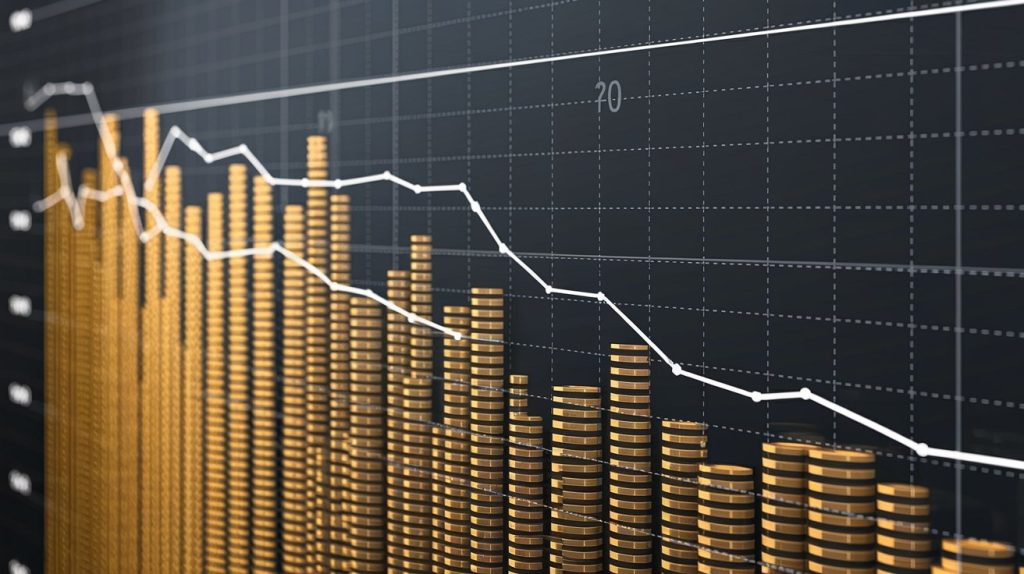
Factors Influencing Future Prices
Several key factors will influence the future pricing of lithium-ion batteries:
- Technological Innovations: Continued research into solid-state batteries and alternative chemistries promises higher energy densities and lower costs. Solid-state batteries, for instance, are expected to provide greater safety and efficiency compared to traditional lithium-ion technologies.
- Raw Material Costs: The availability and price of essential materials such as lithium, cobalt, and nickel will significantly impact battery prices. Recent trends show that while lithium prices spiked in late 2022, they have since stabilized.
- Increased Production Capacity: As manufacturers ramp up production capabilities to meet growing demand, economies of scale are likely to drive down costs further.
- Government Policies: Incentives for electric vehicle adoption and renewable energy storage solutions can stimulate demand and influence pricing dynamics.
SPIDERWAY LFP Power Lithium Battery Advantages
In this evolving landscape of lithium battery technology, SPIDERWAY stands out with its LFP (Lithium Iron Phosphate) power lithium batteries. These batteries offer several advantages:
- Safety: LFP batteries are known for their thermal stability and safety features, reducing risks associated with overheating or fire.
- Longevity: With a longer cycle life compared to traditional lithium-ion batteries, SPIDERWAY LFP batteries provide reliable performance over extended periods.
- Cost-Effectiveness: As production scales up, LFP batteries are becoming increasingly affordable while maintaining high performance levels.
 48V 304AH LiFePO4 lithium battery for KOMATSU Forklift FB20-12 Type
48V 304AH LiFePO4 lithium battery for KOMATSU Forklift FB20-12 Type- Product on sale
 48V 404Ah LiFePO4 lithium battery for LIUGONG forkliftOriginal price was: $5,399.00.$5,318.00Current price is: $5,318.00.
48V 404Ah LiFePO4 lithium battery for LIUGONG forkliftOriginal price was: $5,399.00.$5,318.00Current price is: $5,318.00. - Product on sale
 48V 606Ah LiFePO4 lithium battery for HELI forkliftOriginal price was: $7,999.00.$7,978.00Current price is: $7,978.00.
48V 606Ah LiFePO4 lithium battery for HELI forkliftOriginal price was: $7,999.00.$7,978.00Current price is: $7,978.00. - Product on sale
 80V 404Ah LiFePO4 lithium battery for HELI K2 3.5T forkliftOriginal price was: $8,399.00.$8,310.00Current price is: $8,310.00.
80V 404Ah LiFePO4 lithium battery for HELI K2 3.5T forkliftOriginal price was: $8,399.00.$8,310.00Current price is: $8,310.00. - Product on sale
 48V 404Ah LiFePO4 lithium battery for LIUGONG 2.5TforkliftOriginal price was: $5,399.00.$5,318.00Current price is: $5,318.00.
48V 404Ah LiFePO4 lithium battery for LIUGONG 2.5TforkliftOriginal price was: $5,399.00.$5,318.00Current price is: $5,318.00. - Product on sale
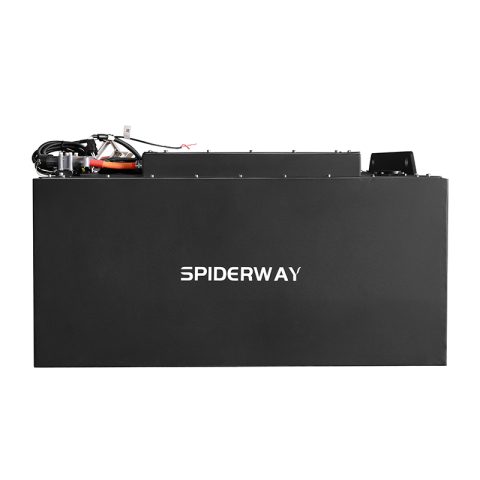 80V 544Ah LiFePO4 lithium battery for TOYOTA forkliftOriginal price was: $11,199.00.$11,190.00Current price is: $11,190.00.
80V 544Ah LiFePO4 lithium battery for TOYOTA forkliftOriginal price was: $11,199.00.$11,190.00Current price is: $11,190.00. - Product on sale
 48V 272Ah LiFePO4 lithium battery for LIUGONG forkliftOriginal price was: $3,599.00.$3,581.00Current price is: $3,581.00.
48V 272Ah LiFePO4 lithium battery for LIUGONG forkliftOriginal price was: $3,599.00.$3,581.00Current price is: $3,581.00. - Product on sale
 24V 202Ah LiFePO4 lithium battery for LINDE T20 forkliftOriginal price was: $1,399.00.$1,329.00Current price is: $1,329.00.
24V 202Ah LiFePO4 lithium battery for LINDE T20 forkliftOriginal price was: $1,399.00.$1,329.00Current price is: $1,329.00. - Product on sale
 48V 544Ah LiFePO4 lithium battery for HELI CPD20-F1 forkliftOriginal price was: $7,199.00.$7,162.00Current price is: $7,162.00.
48V 544Ah LiFePO4 lithium battery for HELI CPD20-F1 forkliftOriginal price was: $7,199.00.$7,162.00Current price is: $7,162.00.
By choosing SPIDERWAY LFP power lithium batteries, consumers benefit from a product that not only meets current energy demands but also aligns with future sustainability goals.
In conclusion, as we move towards a greener future powered by renewable energy and electric vehicles, understanding the pricing trends of lithium-ion batteries is crucial. The anticipated decline in prices coupled with technological advancements positions this sector for significant growth in the coming years.
Citations:
[1] https://firstignite.com/exploring-the-latest-lithium-ion-battery-advancements-in-2024/
[2] https://ourworldindata.org/battery-price-decline
[3] https://lithiumharvest.com/knowledge/lithium/the-future-of-lithium-trends-and-forecast/
[4] https://www.spglobal.com/esg/s1/topic/the-future-of-battery-technology.html
[5] https://about.bnef.com/blog/lithium-ion-battery-pack-prices-hit-record-low-of-139-kwh/
[6] https://typeset.io/questions/what-is-the-expected-cost-of-lithium-ion-batteries-per-kwh-3whbz1pd8x
[7] https://www.sciencedirect.com/science/article/pii/S2352152X23031985
[8] https://www.idtechex.com/en/research-report/advanced-li-ion-battery-technologies-2024-2034-technologies-players-forecasts/1002
[9] https://www.iea.org/reports/global-ev-outlook-2024/trends-in-electric-vehicle-batteries
[10] https://www.goldmansachs.com/insights/articles/electric-vehicle-battery-prices-falling
[11] https://www.pv-magazine.com/2024/03/07/battery-prices-collapsing-grid-tied-energy-storage-expanding/
Author Profile

- https://tawk.to/chat/6228c78d1ffac05b1d7dc569/1ftnkn0nk
- SpiderWay LiFePO4 battery sales engineer with ten years of experience in industrial vehicle batteries, ready to answer any questions you may have about industrial LiFePO4 battery products.
Latest entries
Battery Charger KnowledgeNovember 15, 2024LFP (LiFePO4) Battery Charger Supplier from China: The Ultimate Solution for EV and Renewable Energy Applications
Industry NewsNovember 15, 2024China ESS Energy Storage Battery Manufacturers: Industry Development Data and Future Market Trends
Cleaning MachinesNovember 15, 2024Global Leading Cleaning Machines Brands & LFP Lithium Battery Solutions: Powering the Future of Cleaning Technology
Industry NewsNovember 15, 2024Embracing the Energy Transition for a Sustainable Future

